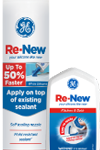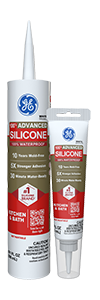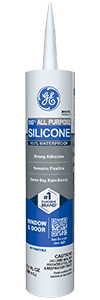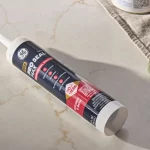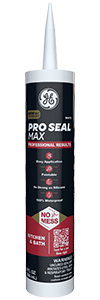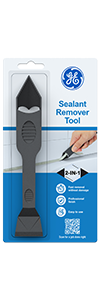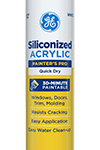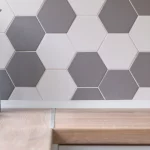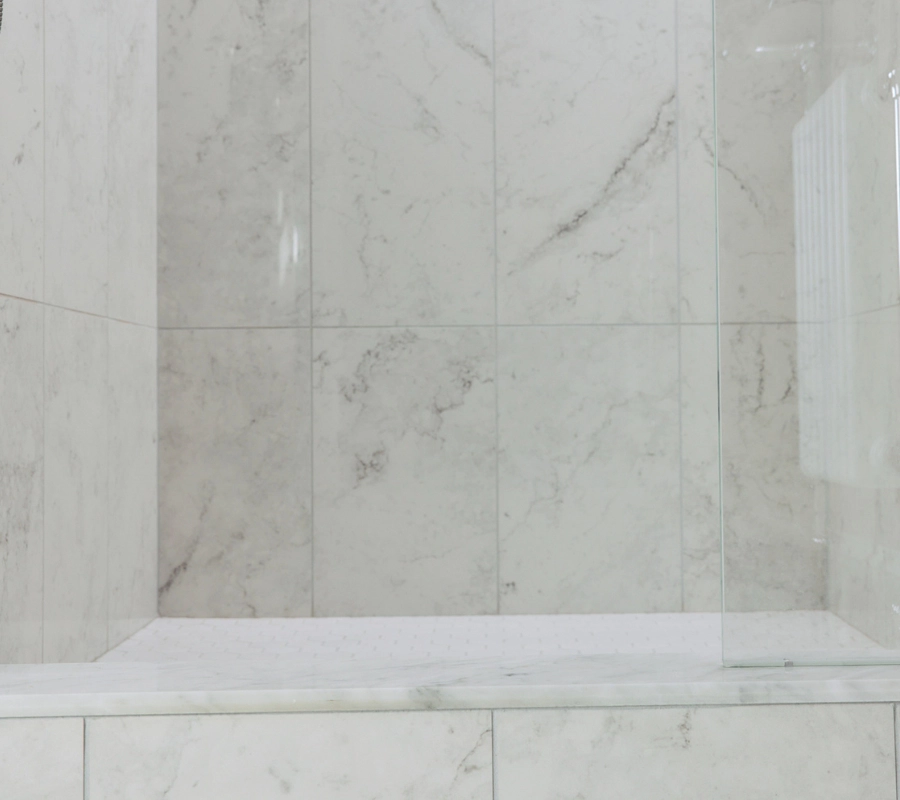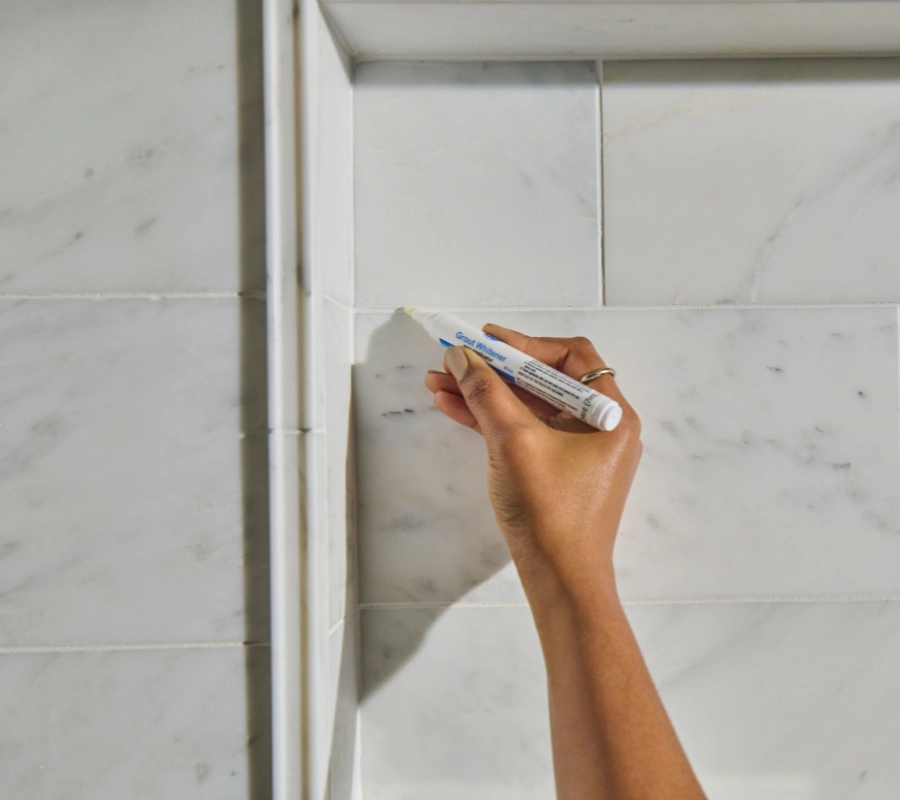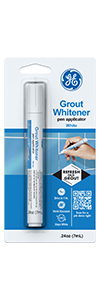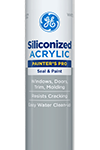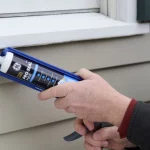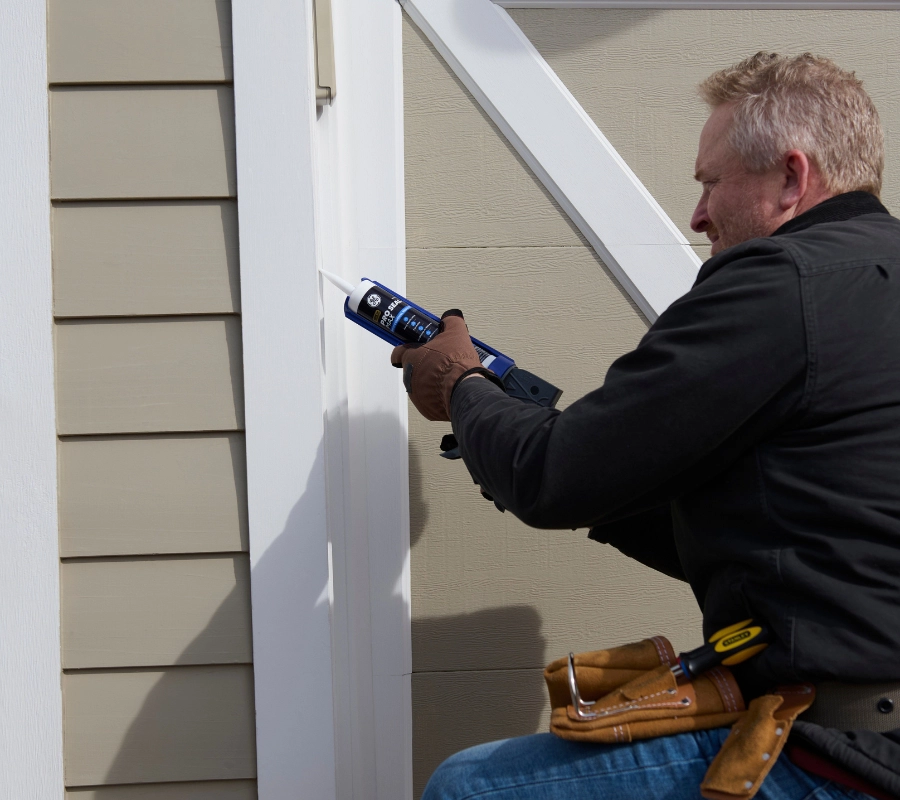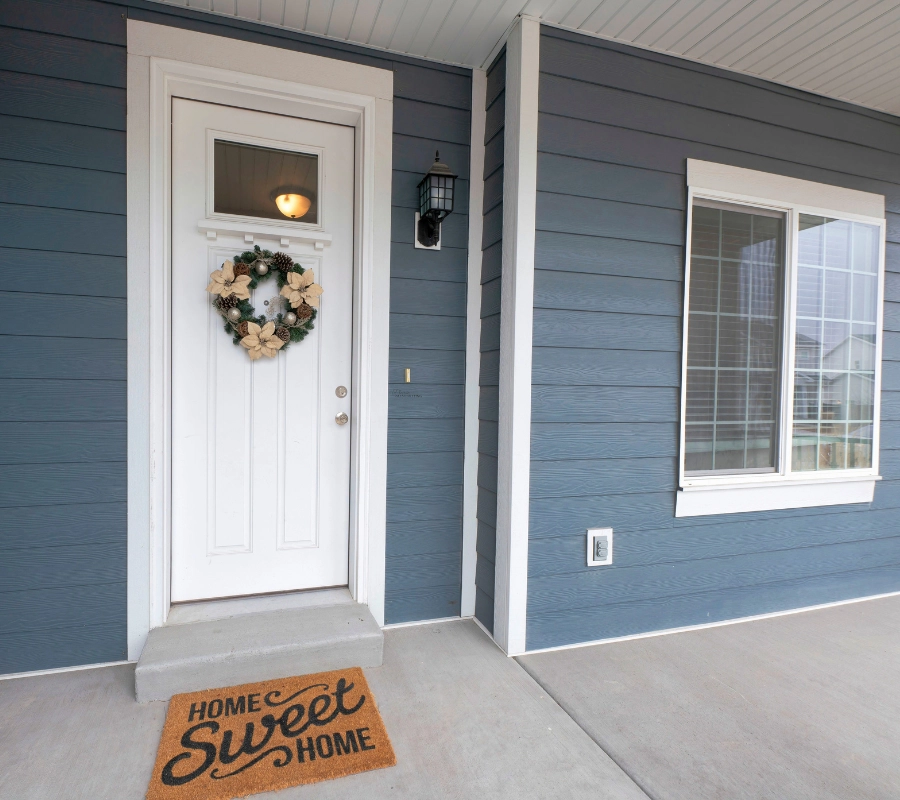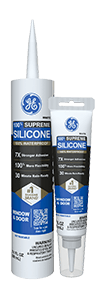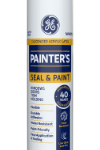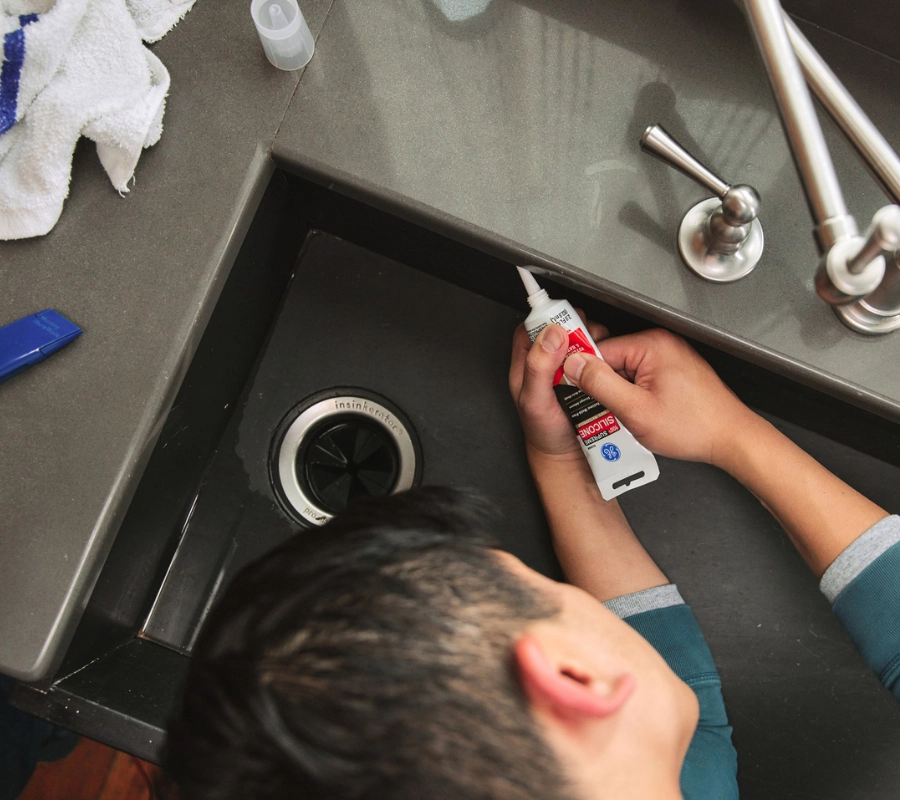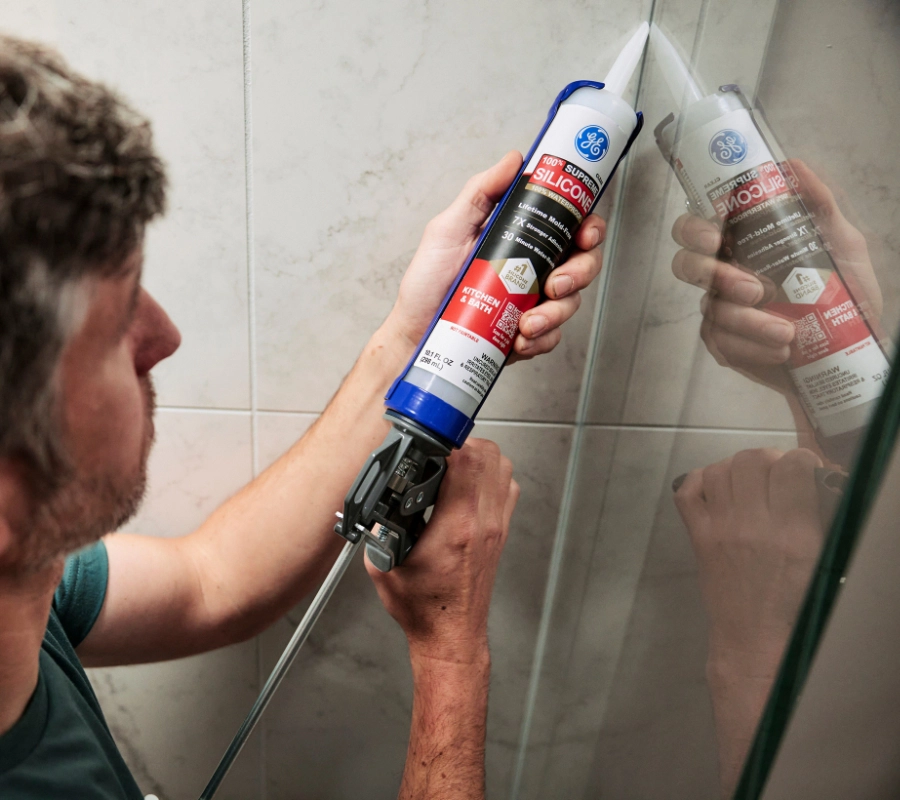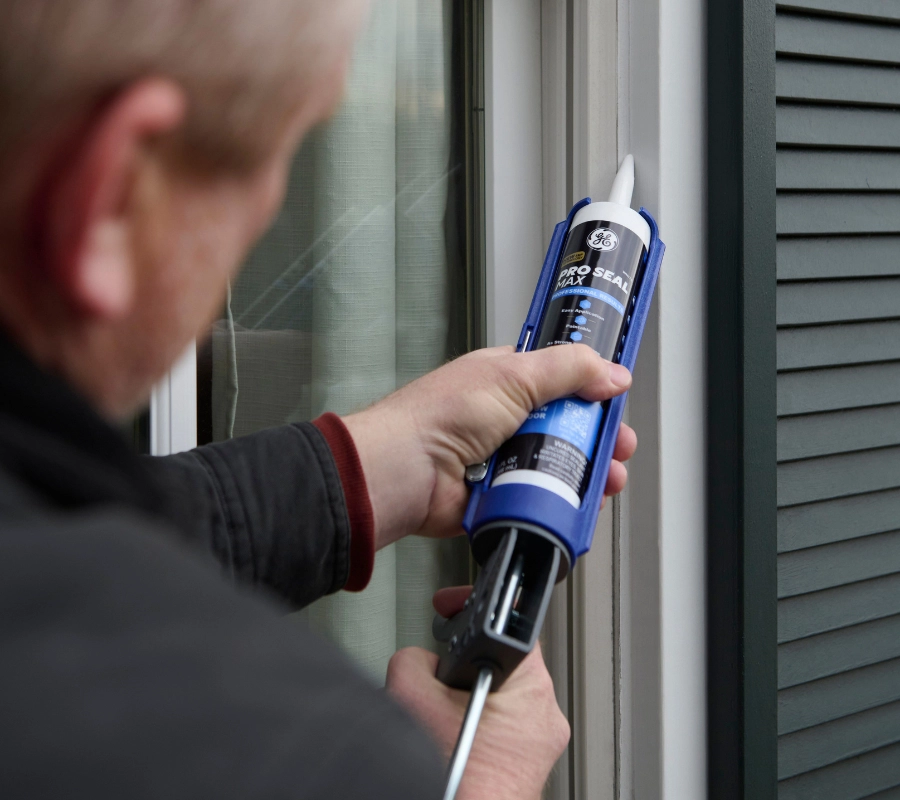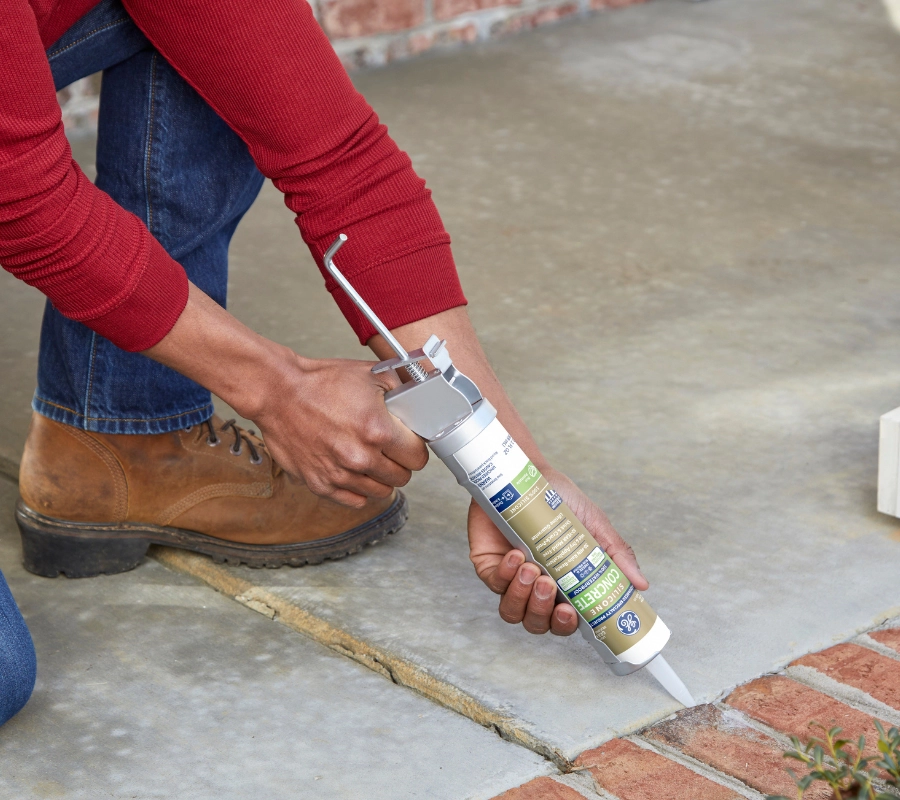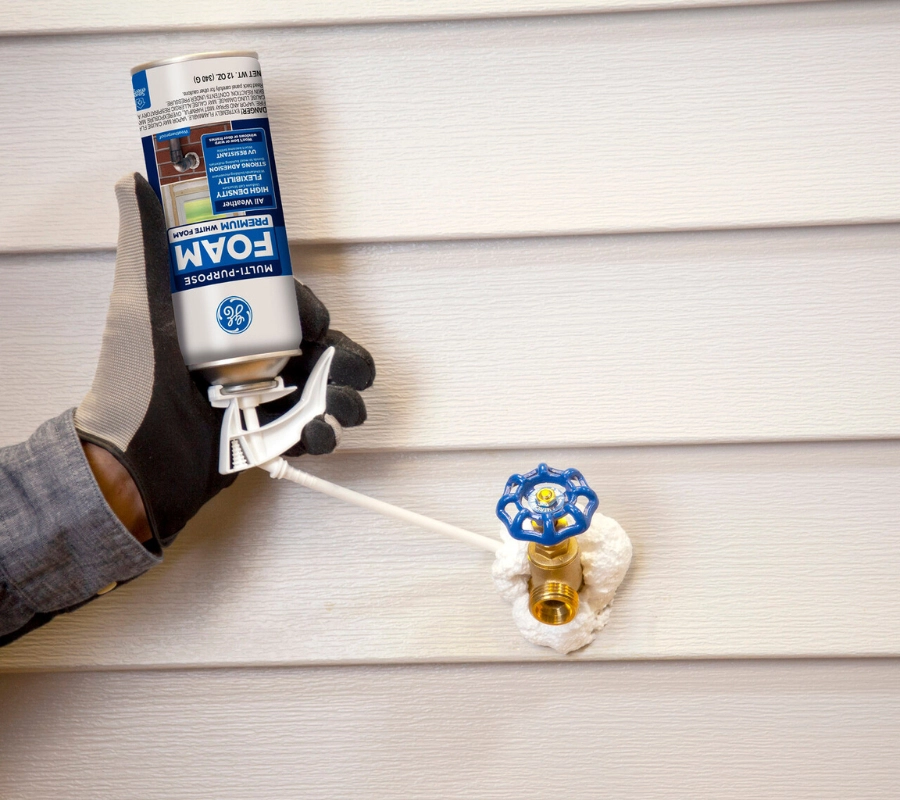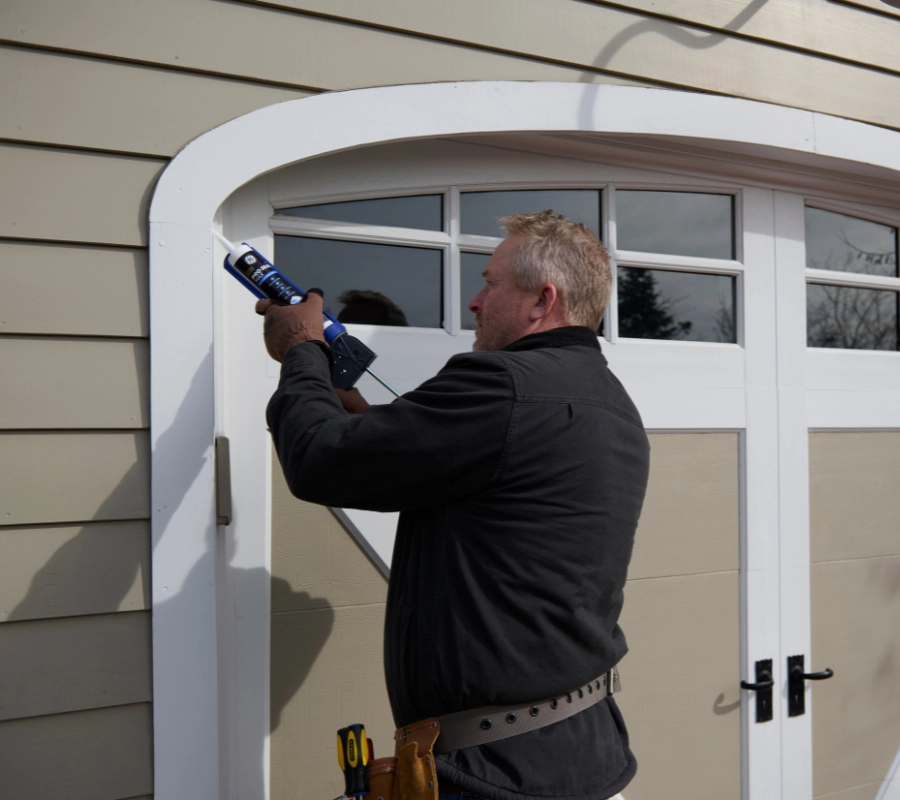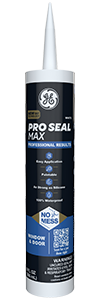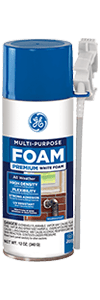Note: This DIY article is provided as a general guide only and is not intended to take the place of product-specific installation procedures; always follow applicable manufacturers’ instructions. Depending on your home’s age and condition, location within the home, and other potential factors, repairs and/or upgrades or other services may be necessary prior to the beginning and/or completion of your project that may involve the services of a home improvement professional. This article does not include advice pertaining to local building codes and/or any related inspections.
Moisture is one of the biggest challenges in any kitchen or bath remodel. Choosing a high-quality waterproof sealant is a must for protecting surfaces exposed to water, steam, and frequent cleaning. This guide explains why Pro Seal Max Kitchen & Bath is the top choice for long-lasting, mold-resistant results.
Why do you need waterproof sealant for kitchen and bath remodels?
Kitchens and bathrooms are the most moisture-prone areas in any home, making proper sealing a necessary step in every remodel. From sink perimeters to tub surrounds and backsplashes, these spaces are constantly exposed to water, steam, and frequent cleaning—conditions that quickly degrade low-quality sealants. Without a reliable waterproof barrier, water can seep into joints and gaps, leading to mold growth, damaged materials, and even structural issues.
That’s why selecting a waterproof sealant is non-negotiable for professional-grade, lasting results. Acrylic-based products may seem convenient, but they are water-based and break down with prolonged exposure to moisture. For lasting results, a 100% silicone sealant is the only solution that stays both permanently waterproof and permanently flexible.
In this article, learn more about the differences between silicone sealant and acrylic caulks.
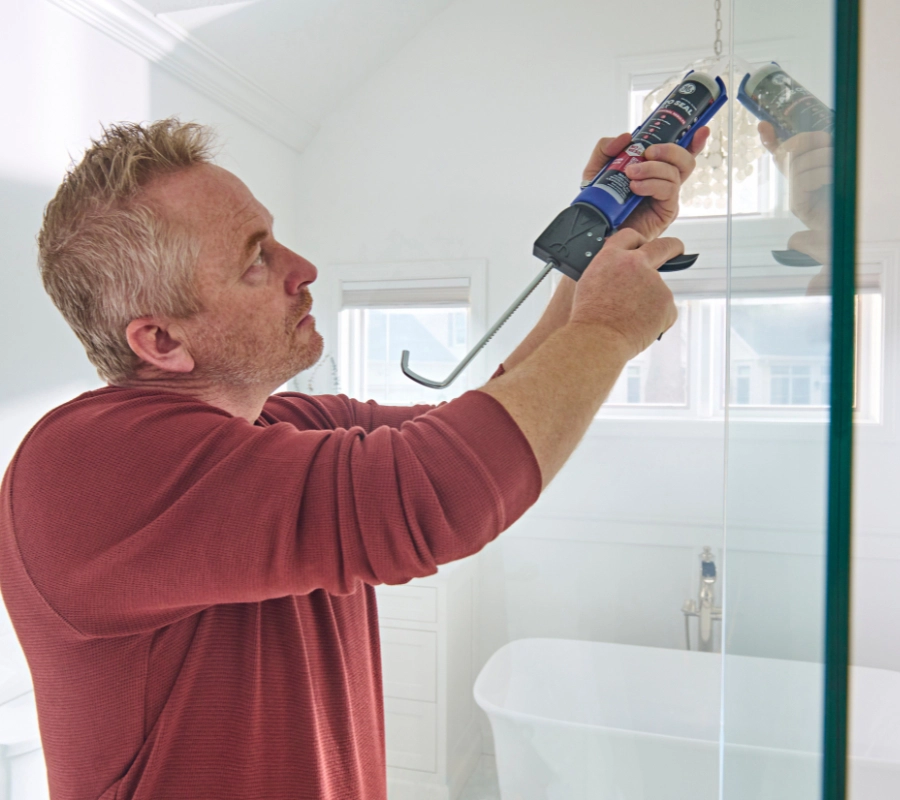
Waterproof sealants are especially important in transition areas—like where countertops meet walls, or tiles meet tubs—where even small gaps can cause big problems. Choosing the right product from the start helps prevent callbacks, protects your client’s investment, and guarantees your remodel will hold up under daily use. For professionals, using a proven waterproof solution is the mark of a job done right.
Learn more about sealing kitchen counters in this tutorial.
Common types of sealants—and what to avoid
Not all sealants are designed for wet environments. While many products are labeled for kitchen and bath use, the chemistry behind them makes a big difference in performance. Acrylic sealants are often paintable and easy to clean up with water, but they’re water-based—meaning they can break down over time with exposure to moisture and steam. As such, they’re typically best suited for low-humidity areas.
Polyurethane sealants offer decent adhesion and flexibility but tend to degrade with UV exposure and frequent water contact. Hybrid formulas can offer improved performance but often lack the long-term durability of pure silicone.
Want to know more about hybrid formula sealants?
For kitchens and bathrooms, avoid any sealant labeled “water-cleanup” or those that rely on latex chemistry. These may be convenient but won’t hold up in wet, high-use areas. A premium 100% silicone sealant—like Pro Seal Max Kitchen & Bath or Advanced Silicone Kitchen & Bath Sealant—is the only type that delivers permanent waterproofing and flexibility, making it the most reliable choice for long-lasting kitchen and bath protection.
Why choose Pro Seal Max Kitchen & Bath? It’s engineered for wet environments. With Class 50 flexibility, 7X stronger adhesion, and lifetime mold-free protection, Pro Seal Max delivers permanent waterproofing where it counts—so your kitchen and bath remodels stay sealed, clean, and code-ready.
What makes Pro Seal Max Kitchen & Bath the superior choice?
When it comes to sealing high-moisture areas like kitchens and bathrooms, Pro Seal Max Kitchen & Bath is engineered for performance where it matters most. This 100% premium silicone sealant delivers permanent waterproof protection, preventing leaks and moisture damage even in the most demanding environments.
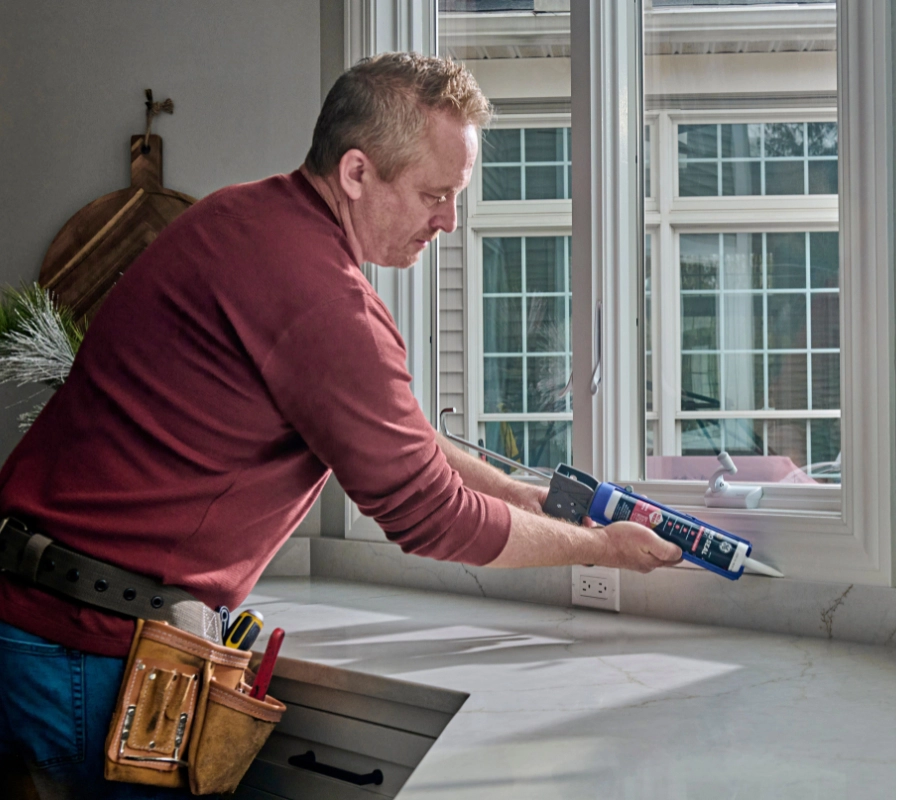
What sets Pro Seal Max apart is its combination of 7X stronger adhesion and 100% shrink- and crack-proof durability. It bonds securely to a wide range of materials—including tile, glass, metal, and countertops—without yellowing or deteriorating over time. It’s water-ready in just 30 minutes, speeding up job timelines without compromising cure strength.
The product’s neutral cure formula produces a low odor and is safe for use around sensitive finishes like chrome, bronze, and nickel. It also delivers lifetime mold-free product protection, resisting both mold and mildew growth for a cleaner, longer-lasting finish. For professionals who want confidence in every seal, Pro Seal Max Kitchen & Bath is the clear choice.
Technical features for the pros
Professional results rely on more than just waterproofing—they depend on performance under pressure. Pro Seal Max Kitchen & Bath is rated ASTM C920 Class 50, meaning it accommodates extreme joint movement without losing adhesion or integrity. This level of flexibility ensures long-term sealing, even in areas that expand and contract with temperature changes or regular use.
The sealant also resists UV, heat, cold, and continuous moisture, making it ideal for both interior kitchens and high-humidity bathrooms. Unlike acrylics or hybrids that shrink or degrade over time, Pro Seal Max maintains its seal without cracking, splitting, or discoloration.
Application tips for best results
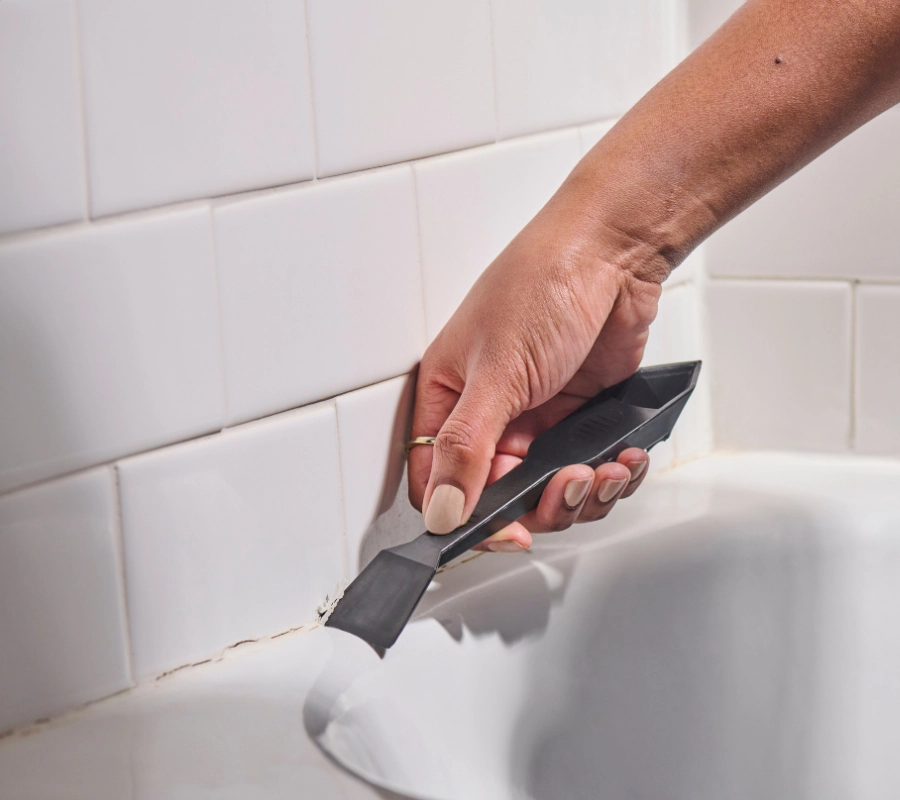
Proper application is key to maximizing the performance of any waterproof sealant. Start by removing all old caulk or sealant using a tool like the GE Sealant Remover Tool. Clean the area thoroughly to eliminate soap scum, dust, and residue. While Pro Seal Max Kitchen & Bath bonds well to both wet and dry surfaces, a clean substrate ensures the best adhesion.
Apply painter’s tape along both sides of the joint to maintain clean lines. Dispense a steady, even bead, then immediately smooth it with your GE Smoothing Tool or a gloved finger. Remove the tape while the sealant is still wet. Allow the product to fully cure before exposing it to continuous water, even though it’s water-ready in just 30 minutes.
Invest in quality for long-term protection
Cutting corners with sealant can lead to water damage, mold growth, and repeat work—all of which cost time and money. Investing in a high-performance product like Pro Seal Max Kitchen & Bath ensures your projects stay protected long after the job is done. With permanent waterproofing, mold resistance, and industry-leading flexibility, it’s built to meet the demands of professional remodelers. Whether you’re sealing a backsplash, tub, or sink, using the right product makes all the difference.
To get GE Sealants’ products for your home improvement project, visit these fine retailers in the U.S. or Canada.

